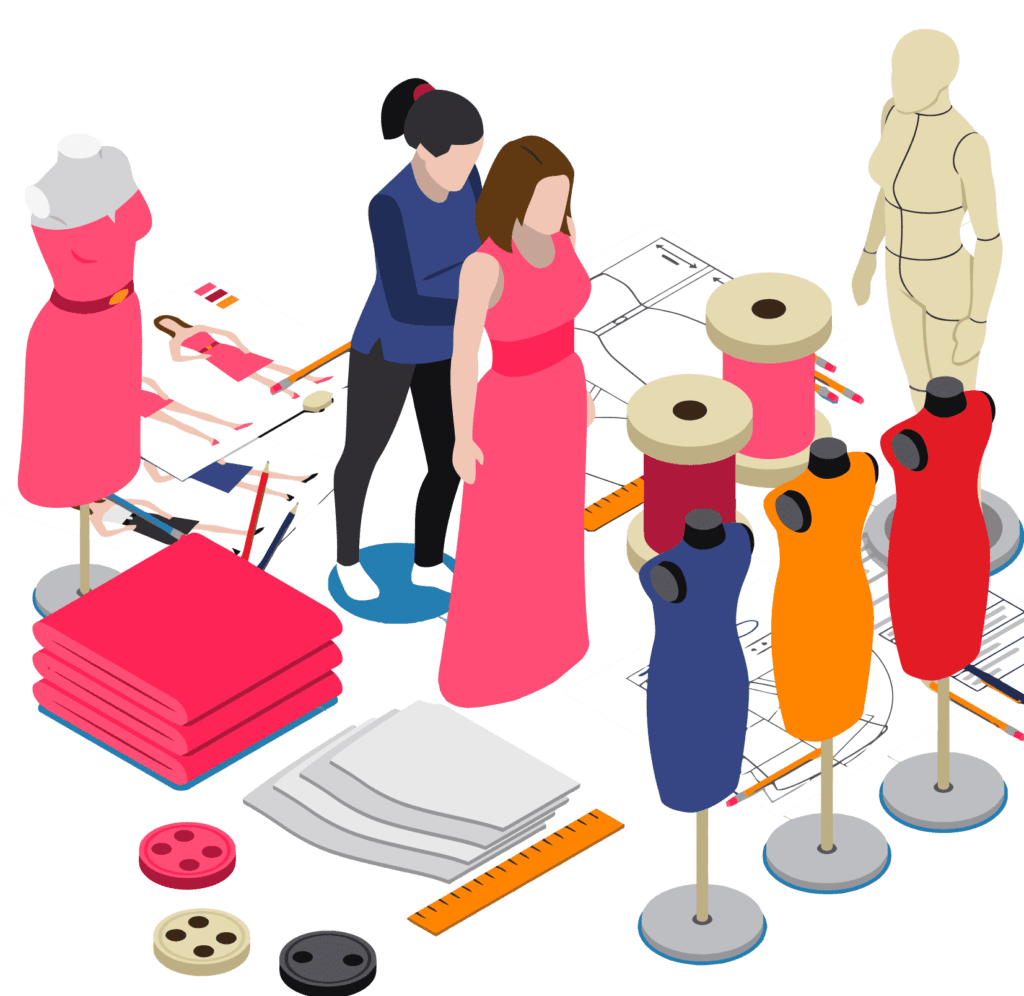Tailor Perth Specialists: Tailor-Made Solutions for Elegant Clothes
Tailor Perth Specialists: Tailor-Made Solutions for Elegant Clothes
Blog Article
Comprehending the Tailoring Refine: From Material Selection to Last Suitable for the Suitable Wardrobe
The tailoring procedure is an intricate interplay of art and scientific research, beginning with the important decision of textile selection and culminating in the accurate changes of last fittings. Each material type brings one-of-a-kind top qualities that influence not just the aesthetic charm but likewise the garment's longevity and viability for various occasions.
Importance of Material Option
Choosing the best textile is vital in the customizing process, as it directly affects the comfort, longevity, and overall visual of the final garment (tailor perth). The selection of material establishes the foundation for the garment's functionality, style, and performance. Various fabrics possess one-of-a-kind homes, such as stretch, breathability, and weight, which can dramatically influence just how the garment drapes and fits the body
Moreover, textile choice impacts the garment's longevity and convenience of treatment. Top quality fabrics can withstand damage, keeping their look and structure gradually, while lower-quality products may bring about pilling or fading. Furthermore, the best material adds to the garment's capability to shift across periods and occasions, consequently enhancing adaptability.
A tailored item made from a suitable fabric not only showcases craftsmanship however also boosts the wearer's self-confidence. Recognizing the nuances of textile choice is extremely important for any customizing venture. It ensures that the last item not just meets the aesthetic wishes of the client but likewise lines up with useful demands, thus attaining an unified equilibrium between kind and function in the customized closet.
Kinds Of Fabrics and Their Usages
Comprehending the various sorts of fabrics readily available is essential for making notified choices during the tailoring procedure. Each material possesses unique features that dictate its suitability for details garments and occasions.
Its adaptability allows it to be tailored right into every little thing from t-shirts to outfits. Its natural elasticity aids garments maintain shape over time.
Silk exudes luxury and is light-weight, making it ideal for eveningwear and fragile shirts; however, it requires cautious handling because of its fragility. Bed linen, with its textured surface, is a prominent option for cozy climates, supplying a ventilated and crisp feeling, yet it wrinkles conveniently, which might affect the garment's appearance.
Synthetic fabrics, such as polyester and nylon, offer toughness and resistance to creases, making them suitable for day-to-day wear and energetic clothes. Understanding these fabric types and their properties allows for better decision-making, guaranteeing that each customized item not only fits well however likewise lines up with the intended purpose and event.
The Tailoring Methods Described
The art of customizing counts on a selection of methods that transform fabric right into well-fitted garments. Central to this process is pattern preparing, where a tailor develops design templates based on the customer's measurements and desired style. This initial action ensures that the garment will certainly fit the wearer properly prior to any type of cutting takes place.
Once patterns are developed, reducing techniques enter into play. Accuracy is critical as errors can result in misfitting garments. Tailors frequently utilize different reducing techniques, such as single-layer cutting for detailed styles and multiple-layer reducing for effectiveness on common patterns.
Basting is one more essential strategy, allowing dressmakers to temporarily stitch material assemble for a preliminary installation. This method supplies the chance to analyze the drape and general shape before final stitching.
Seaming strategies, including french joints and flat-felled seams, boost the garment's longevity and aesthetic allure. Tailors also use techniques such as interfacing and extra padding to offer framework and form to specific locations, like collars and shoulders.
Last but not least, finishing methods, consisting of hemming and edge finishing, make sure the garment's long life while offering a sleek appearance. Together, these methods create the backbone of efficient customizing, causing exquisite, custom-fit apparel.
Fitting Changes and Factors To Consider

Secret considerations consist of the shoulder fit, which needs to neither droop nor restrict movement, and the sleeve size, which must allow for comfy arm activity while maintaining a sleek appearance. Furthermore, changes at the waistline can improve the shape, with options to let out or take in fabric as needed.
The rise of pants is another vital variable; it must sit comfortably above the hips without triggering discomfort, permitting for simplicity of activity. Hemming sizes for both trousers and skirts ought to show the user's preferred design while respecting percentages.

Maintaining Your Tailored Clothing
Proper upkeep of customized garments is important to preserving their fit and look over time. To ensure long life, routine cleaning is extremely important. Always comply with the care tag directions, which may click for more suggest dry cleansing click to read more for fragile fabrics or maker cleaning for more sturdy materials. Prevent regular laundering, as this can wear down the fabric and change the garment's shape.
Storage is similarly crucial; use cushioned hangers for layers and jackets to maintain shoulder framework, and store pants folded neatly or hung to avoid creasing. Secure garments from straight sunlight, which can fade shades and damage fibers.
In addition, regular assessments for minor repairs can avoid bigger problems. Check for loose buttons, fraying seams, or signs of moth damages, dealing with these problems without delay to preserve the garment's stability.
Lastly, take into consideration seasonal rotation. Putting on customized items in moderation permits fabrics to recuperate, prolonging their life expectancy. By executing these upkeep techniques, you can guarantee that your customized garments remain as excellent as the day you initially used them, improving your suitable closet for several years to come.
Final Thought
The customizing process, including textile choice, experienced methods, and exact suitable modifications, plays a crucial role in producing garments that boost both convenience and design. Each phase adds to the overall performance of the end product, making certain that apparel not only fits well but likewise shows specific identity. Moreover, comprehending the value of upkeep expands the life of customized garments, solidifying their value in a well-curated wardrobe. An extensive method to tailoring culminates in a polished and certain appearance.
Choosing the right textile is important in the customizing process, as it straight find more affects the comfort, durability, and overall aesthetic of the final garment. The selection of fabric establishes the foundation for the garment's performance, performance, and design. Various fabrics possess unique buildings, such as weight, stretch, and breathability, which can dramatically influence just how the garment drapes and fits the body.
The art of customizing depends on a range of strategies that change textile right into well-fitted garments.The tailoring procedure, including fabric selection, knowledgeable methods, and precise fitting adjustments, plays a vital duty in producing garments that improve both convenience and style.
Report this page